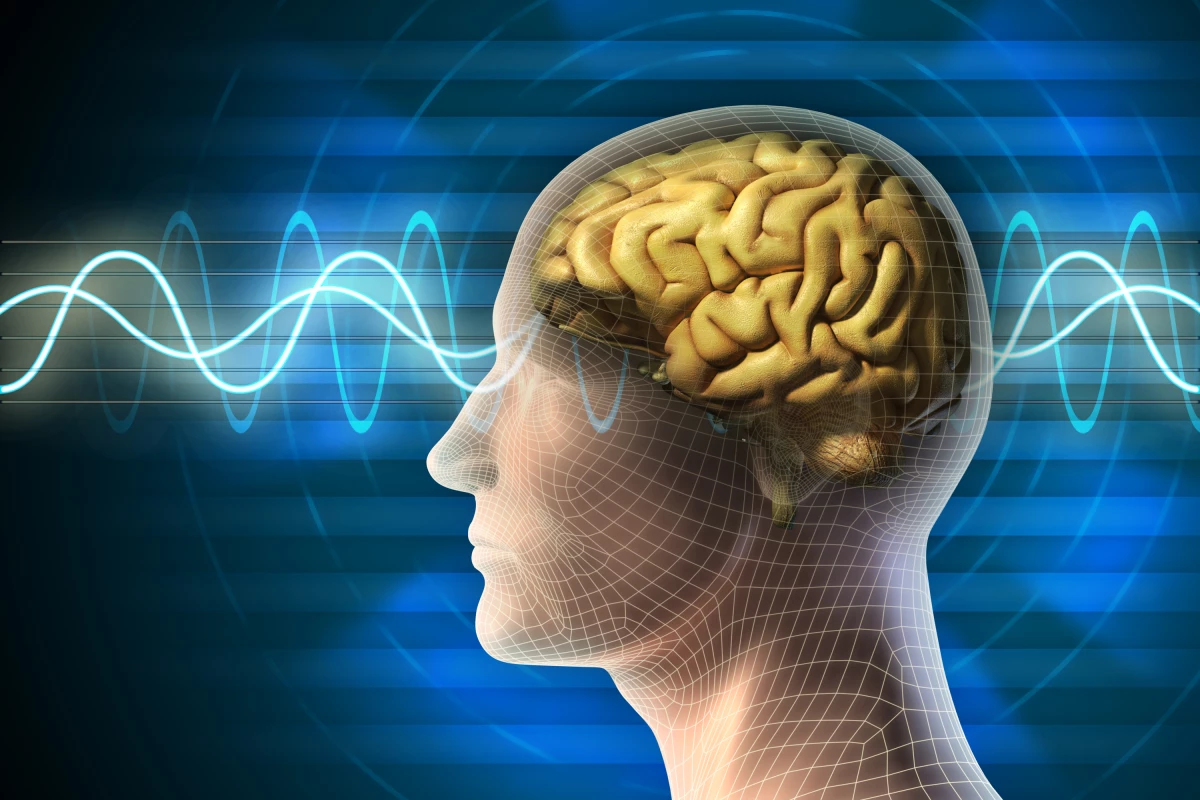A compelling new study led by researchers from Anglia Ruskin University has identified an association between negative body image and weak brain responses to signals from the gut and heart. The researchers hypothesize these findings could lead to objective diagnostic biomarkers for mental health disorders and potentially novel treatments.
“We experience our body both from the inside and out: we can be aware of how our skin and limbs look, but also of how hungry we feel or how strongly our heart is beating during exercise,” explains lead author on the new study, Jane Aspell. “The brain also continuously processes internal signals that we are not conscious of.”
The study of interoception, which is how the brain perceives internal body states, has rapidly advanced in recent decades. Just recently the US National Institutes of Health awarded more than US$18 million in funding for studies particularly focused on interoception.
This new study, published in the journal Cortex, looked at the relationship between body image and interoception. The researchers recruited 36 healthy adults for the study, and a variety of body image assessments were initially conducted, tracking feelings of body shame and weight preoccupation.
Then, two different electrophysiological measures of interoception were recorded. One is called heartbeat evoked potential (HEP), and it tracks the brain’s response to a beating heart. The second measure is called gastric-alpha phase-amplitude coupling (PAC). This measure simultaneously tracks electrical activity in parts of the gut and brain in order to measure the brain’s responses to signals from the gut.
Weaker HEP and PAC measures can indicate abnormal interoception, and in this study the researchers found those subjects with weaker signaling between the body and brain were more likely to experience negative perceptions of their external body.
“We found that when the brain is less responsive to these implicit signals from inside the body, individuals are more likely to hold negative views about their external bodily appearance,” says Aspell. “It may be that when the brain has a weaker connection to the internal body, the brain puts more emphasis on the external body and so appearance becomes much more important for self-evaluation.”
The findings are undeniably interesting, however, they do come with significant caveats. The researchers can only hypothesize a causal relationship between weak interoception and negative body image. Plus, the direction of this potential relationship is unclear. Does weak signaling between gut/heart and brain precede the development of negative body image?
And, perhaps an even more important question for future research, can improving interoception sensitivity lead to better mental health outcomes?
A number of strategies have recently been suggested as ways to improve interoceptive sensitivity. These range from meditation and mindfulness techniques to acupuncture and time in floatation tanks.
A recent study published in the Lancet journal EClinicalMedicine found a novel therapy called Aligning Dimensions of Interoceptive Experience could significantly reduce anxiety in autistic adults, while another study found teaching interoceptive awareness skills as part of a greater program for substance use disorder increased successful abstinence outcomes.
Jennifer Todd, lead author on the new study says more research is needed to better understand why some brains seem to more effectively detect internal signals than others. She says it may be possible to train people to better interpret these internal signals, but in the short term the findings could suggest a way to predict those at high risk of developing problems such as eating disorders.
"The gut and heart signal measurements used in our study could potentially act as a biomarker to help identify, or even predict, negative body image and associated conditions, such as eating disorders,” says Todd. “Additionally, by training people to become more aware of internal sensations, it might be possible to amplify these unconscious signals.”
The new study was published in the journal Cortex.
Source: Anglia Ruskin University




